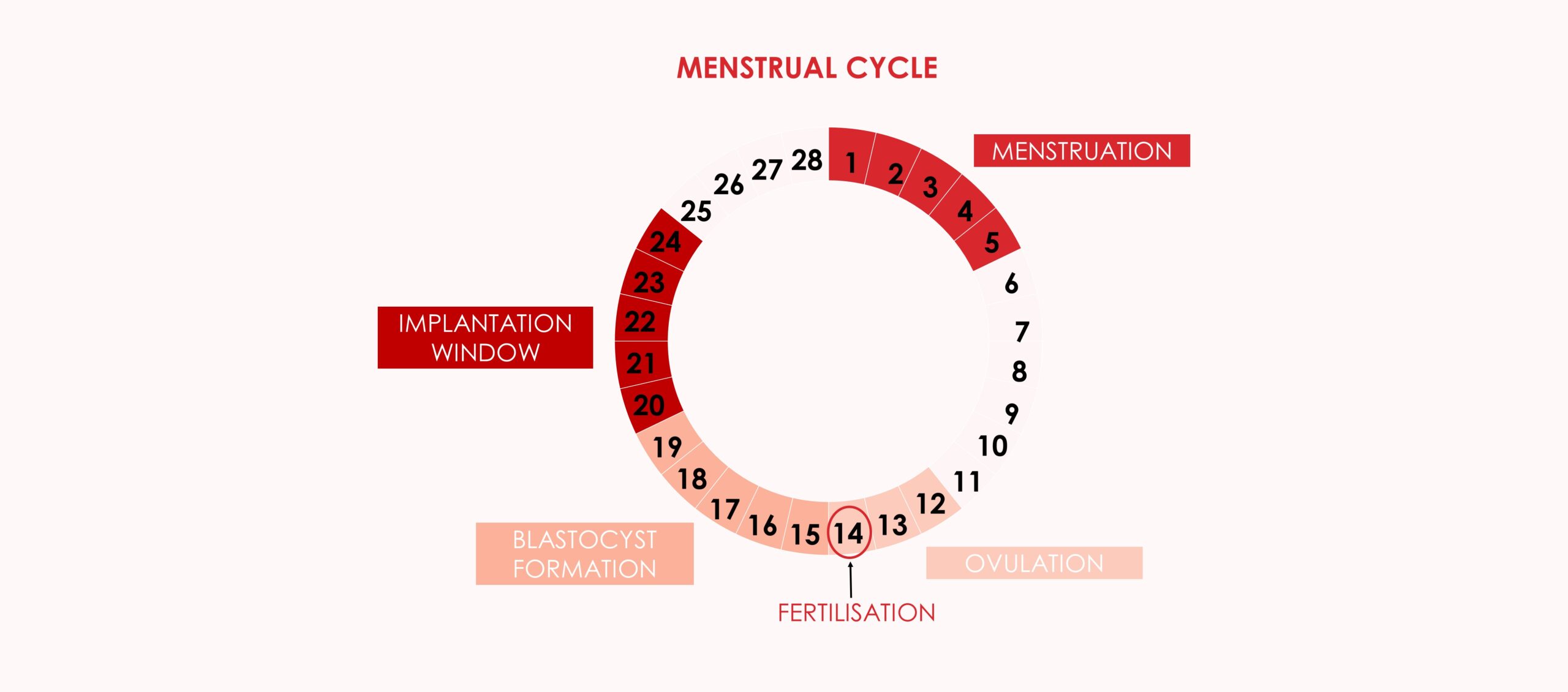Embryo transfer is the last and decisive step in the IVF treatment. In vitro fertilisation (IVF) consists in inserting the embryo fertilised in the laboratory into the mother's womb so that it can implant and start a pregnancy. Embryo transfer is a crucial stage in Assisted Reproduction treatments. Many patients wonder if the success rate of IVF is increased by transferring vitrified embryos.
What is a transfer in fresh or deferred?
The success of the embryo transfer depends, among other factors, on the endometrial receptivity, a period between days 5 and 7 post-ovulation, known as the implantation window. Therefore, in order to achieve an adequate synchronisation between the embryo and the endometrium, there must be a correct programming.

Embryo transfer does not always take place in the same cycle as the egg collection. We can distinguish two types of embryo transfer:
- Fresh transfer: the embryos are transferred to the maternal uterus in the same cycle in which the ovarian stimulation is performed. Fresh embryo transfer can be performed three to five days after egg retrieval.
- Deferred transfer: this is carried out with the embryos vitrified in a previous cycle of in vitro fertilisation. This transfer of frozen embryos can be carried out in a natural cycle or in a substituted cycle.
If you would like to discuss your case with a doctor specialised in assisted reproduction, you can request your first free consultation at Ginemed by calling +34 911 89 26 92.
When is deferred embryo transfer recommended?
Frozen embryo transfer is indicated when fresh embryo transfer implies a risk to the patient or when ovarian stimulation may have affected the endometrium quality. Situations in which vitrified embryo transfer may be considered the best option are:
- Patients with a risk of ovarian hyperstimulation caused by an exaggerated response of the ovary to the hormones used to induce ovulation in assisted reproduction treatments. If the patient were to become pregnant, the symptoms of ovarian hyperstimulation would be aggravated.
- Elevated progesterone levels on the day of the scheduled egg retrieval. Progesterone levels above 1 ng/mL have been shown to reduce the chances of embryo implantation. A displacement of the window of implantation occurs, affecting endometrial receptivity.
- Patients with endometrial alterations that occur during stimulation, such as the appearance of polyps.
- Cycles with pre-implantation genetic diagnosis (PGT). The embryos are analysed to rule out genetic or chromosomal alterations. The result of PGT is not immediate, so the embryos have to be vitrified.

Is the process of transferring fresh and vitrified embryos the same?
The transfer process with fresh and frozen embryos is the same. It is a simple procedure in which the gynaecologist starts with an ultrasound scan to see the position of the uterus. The embryologist deposits the selected embryo into the transfer cannula, together with the appropriate culture medium.

Through the cervical canal the embryo will be deposited into the endometrial cavity. This process is carried out with ultrasound monitoring to ensure perfect placement of the embryo. The patient can return to her normal life, avoiding strong efforts. After 10-12 days a blood pregnancy test is performed.
Do they have similar success rates?
Recent studies show that the pregnancy rate of IVF with frozen embryos is similar to that of fresh embryo transfers. However, frozen embryo transfer has a lower risk of ovarian hyperstimulation syndrome.
The choice of one method or the other will depend on the particular circumstances of each patient. For embryo transfer, hormone levels and endometrial thickness are assessed.
At Ginemed we recommend the most appropriate treatment for each patient.





No hay comentarios